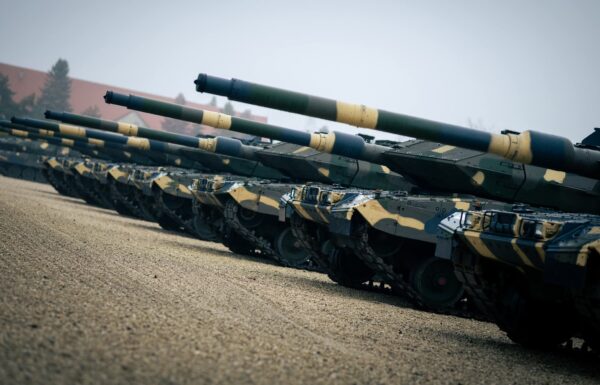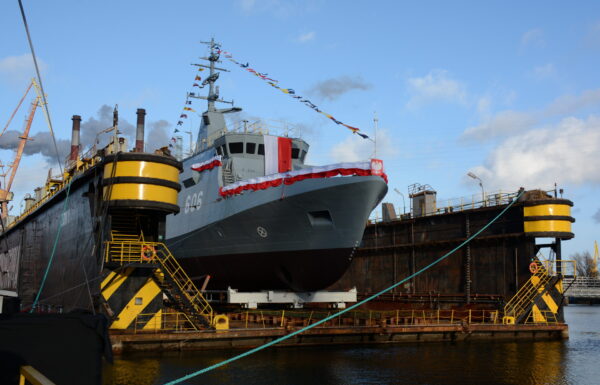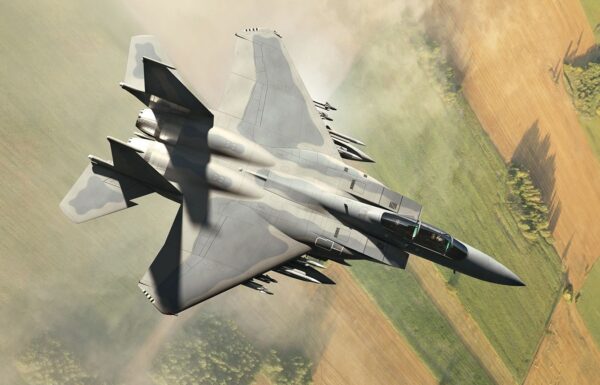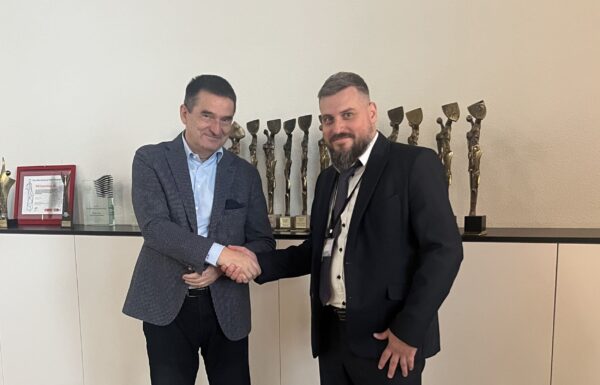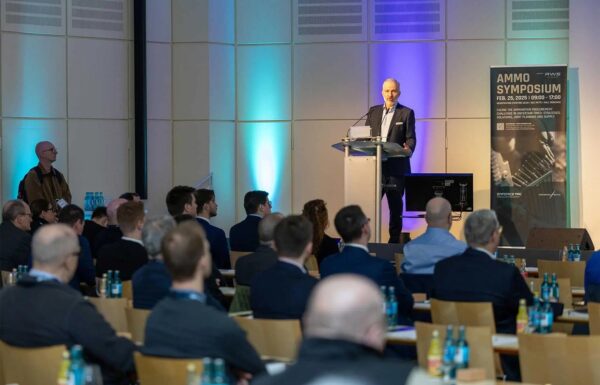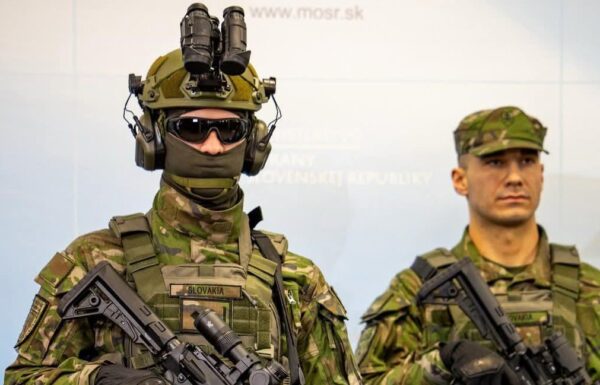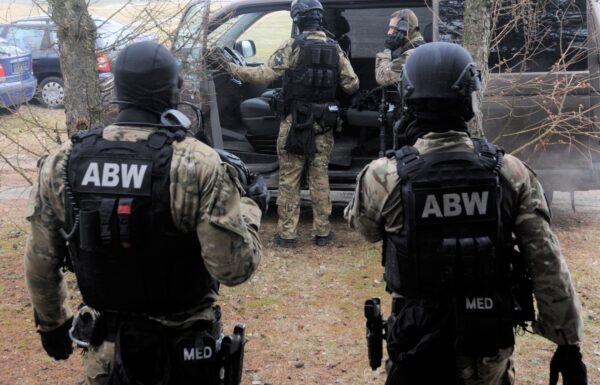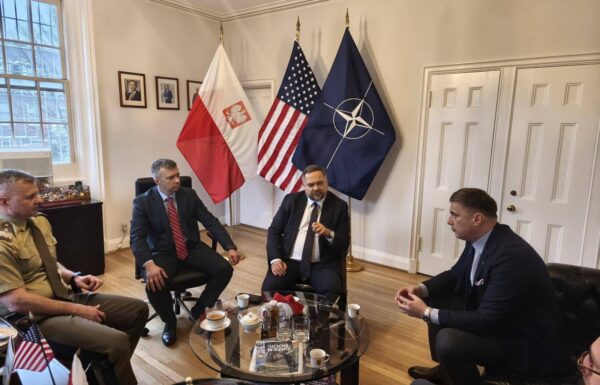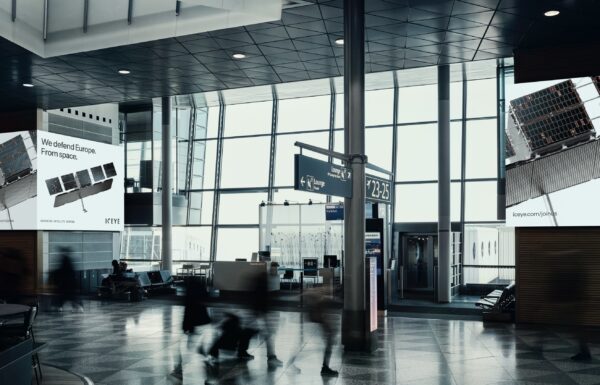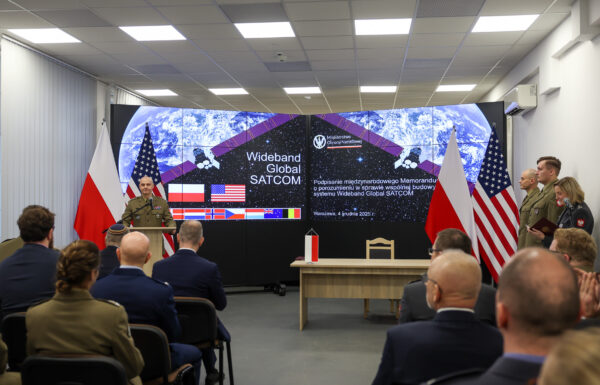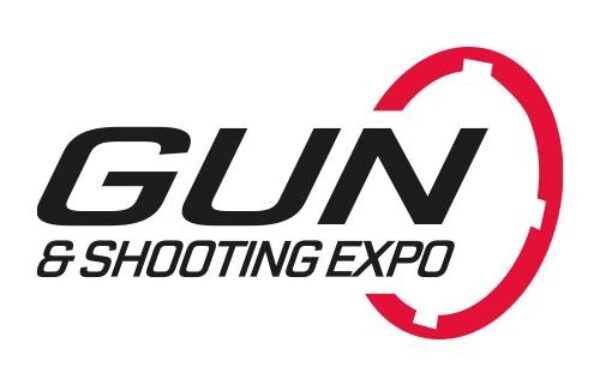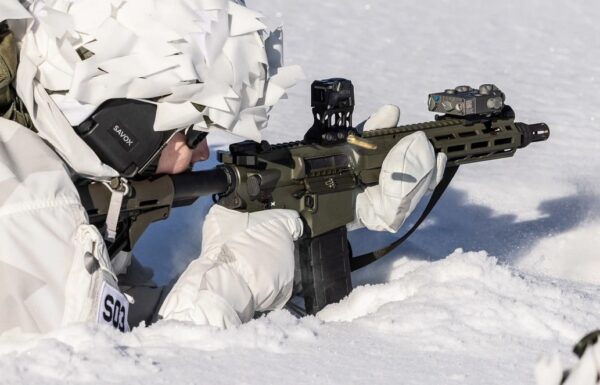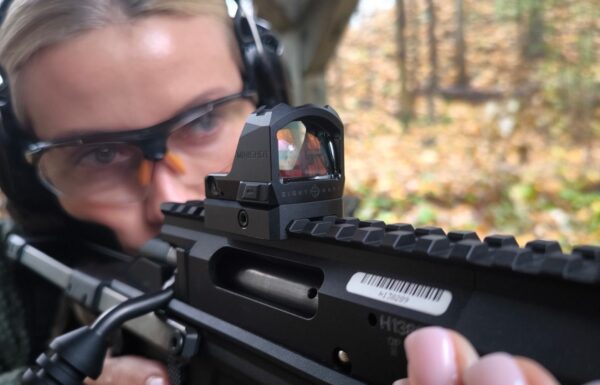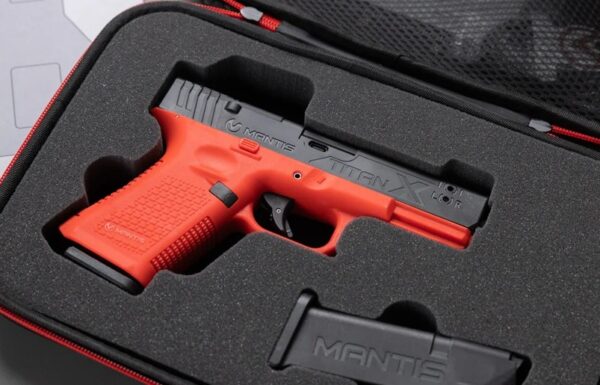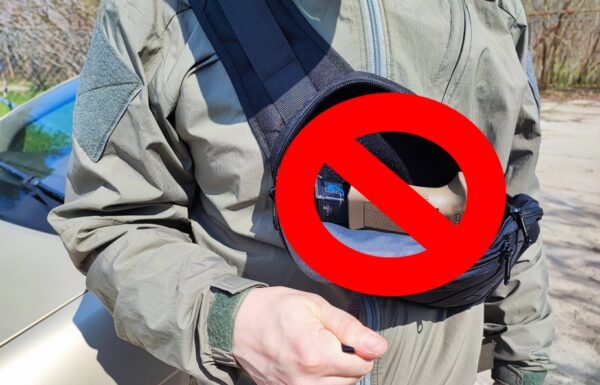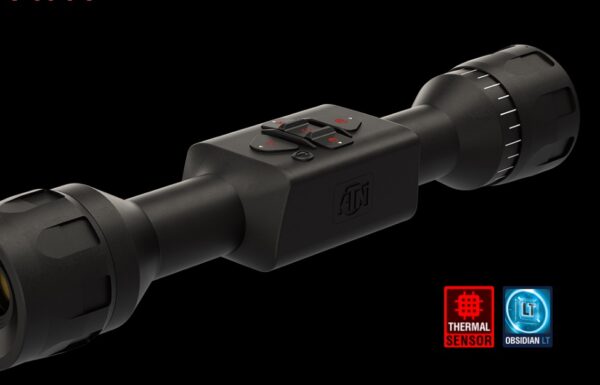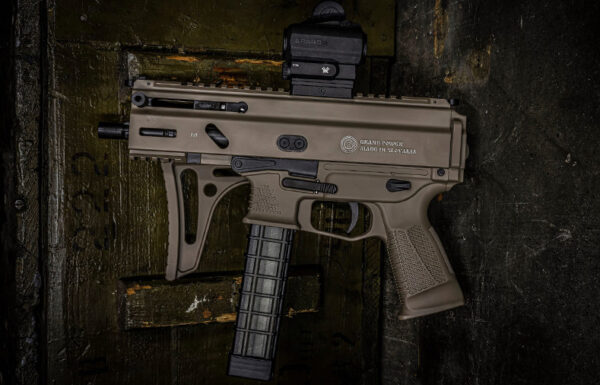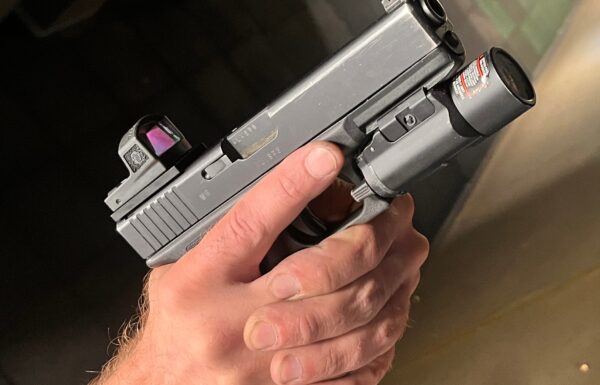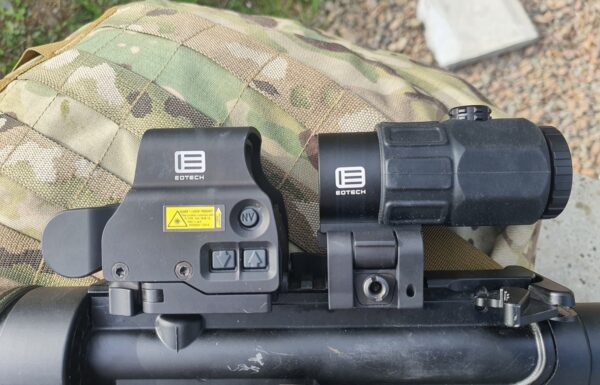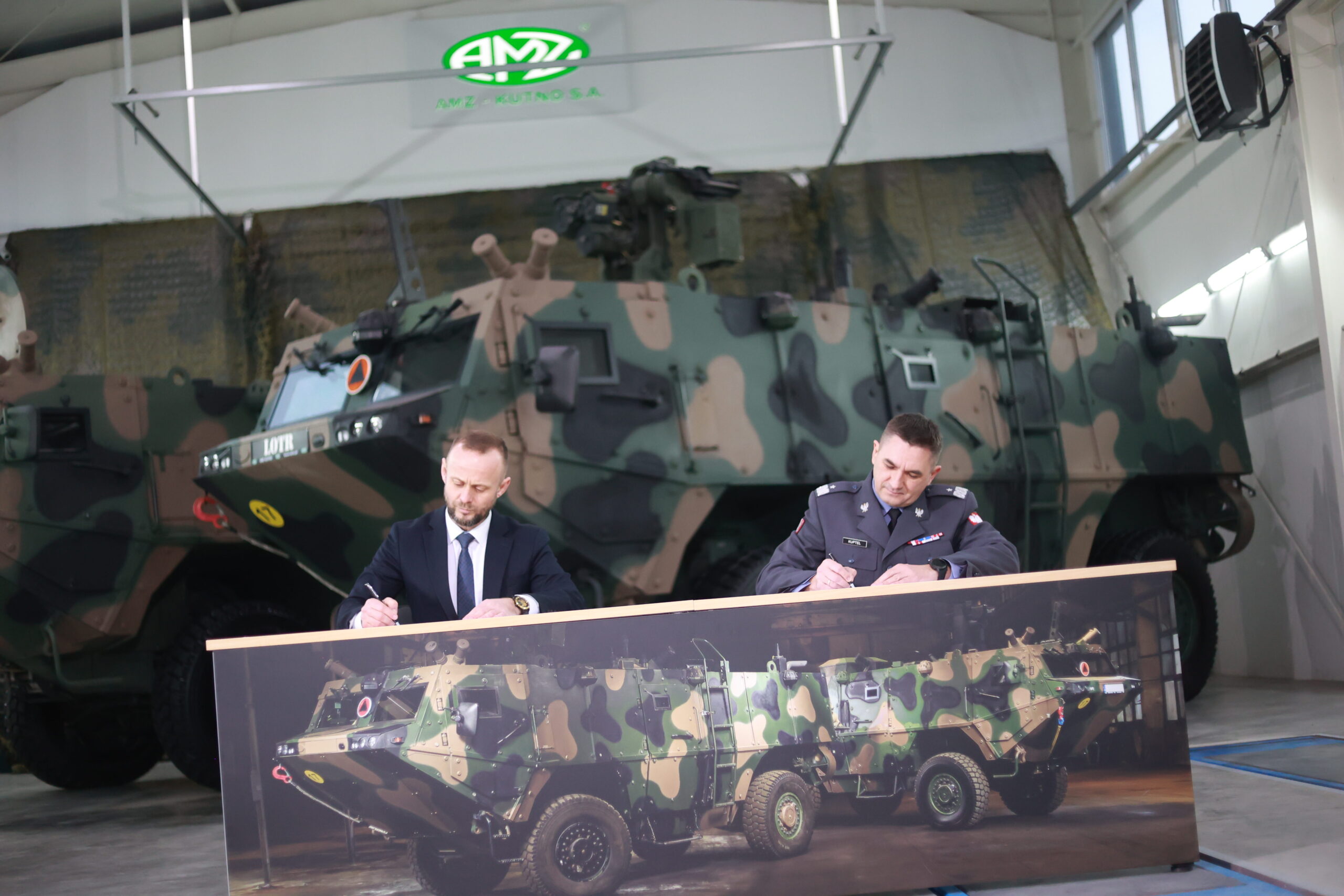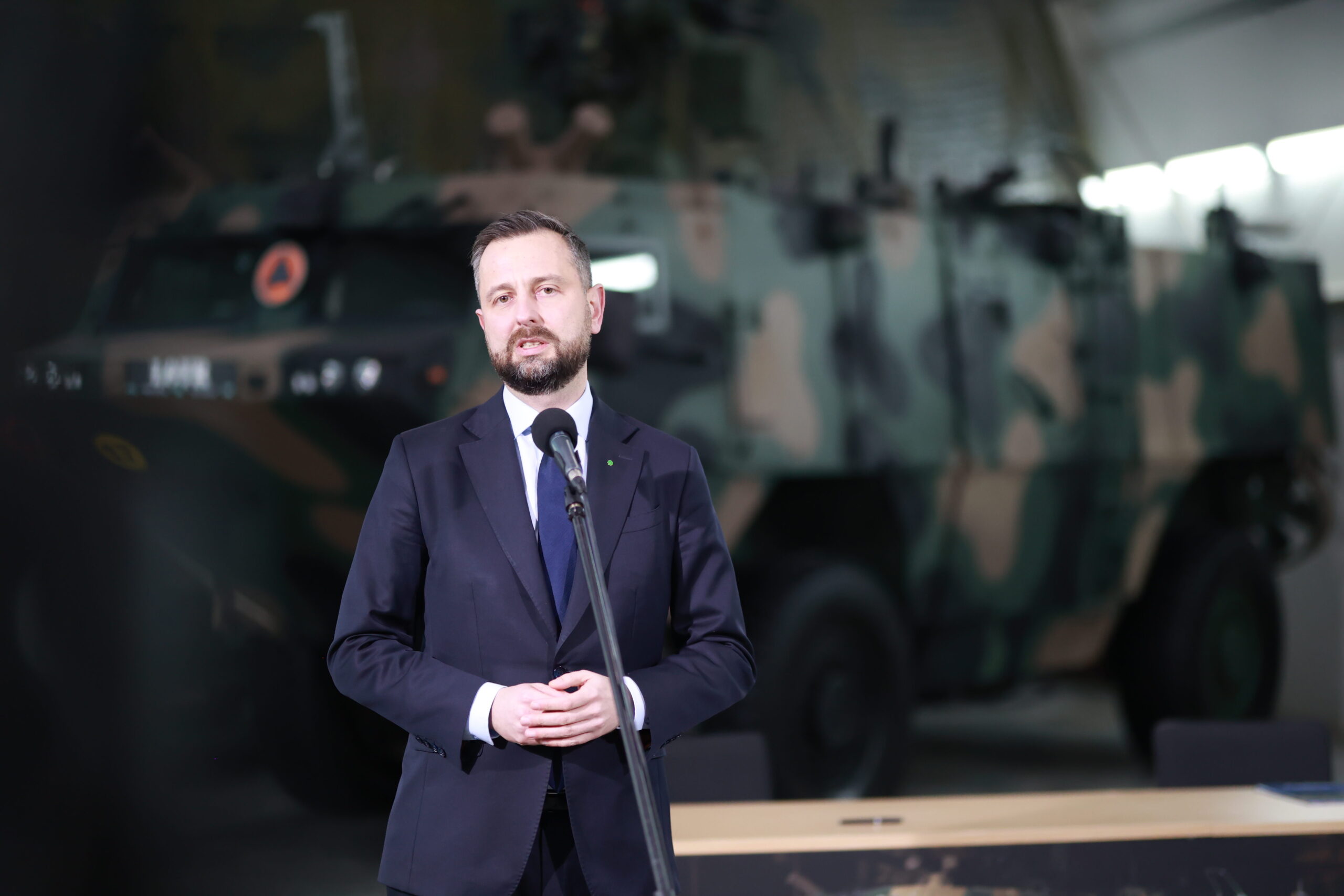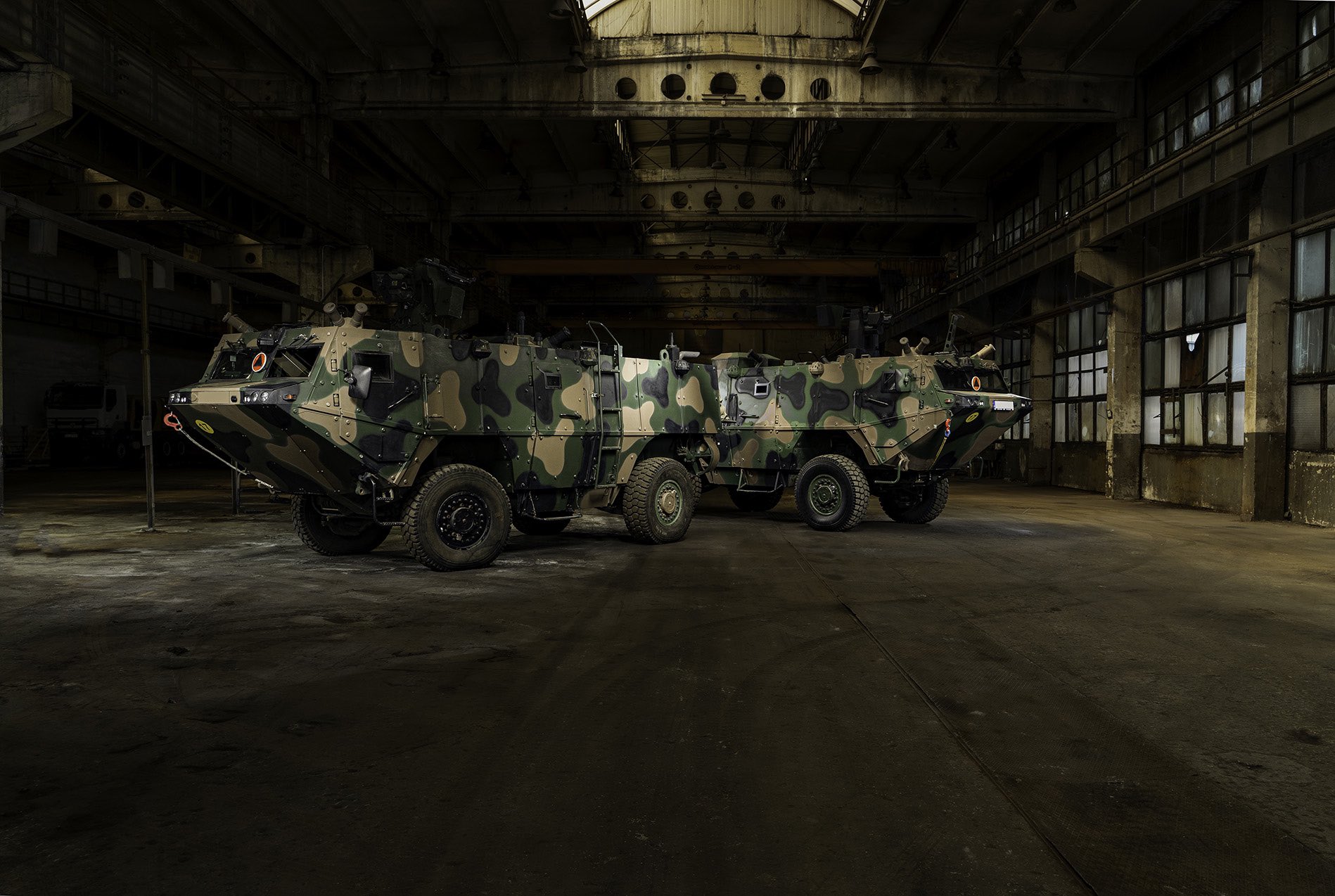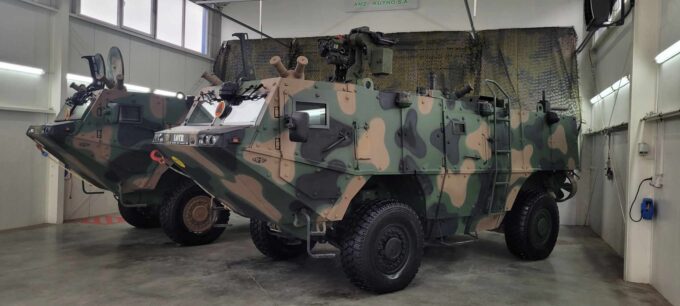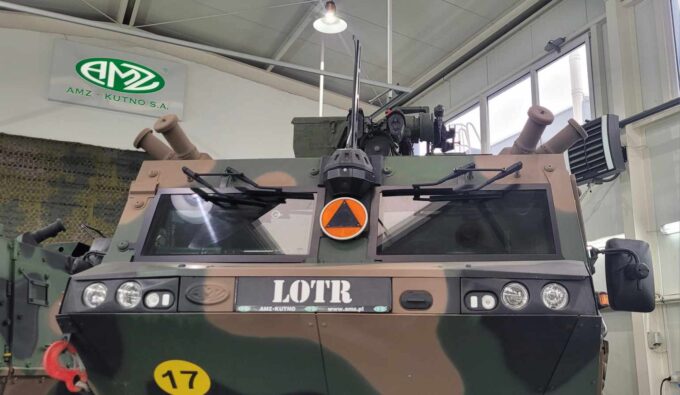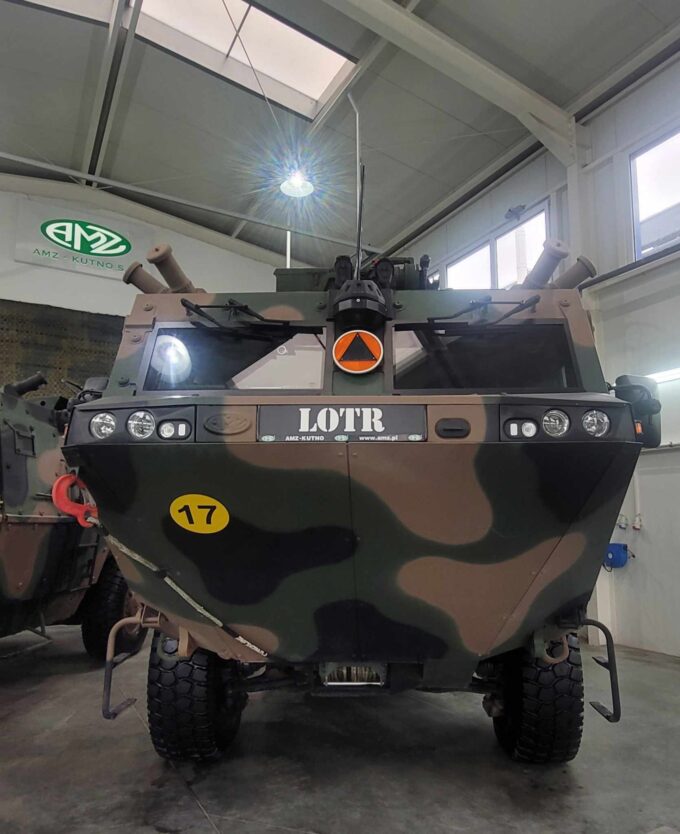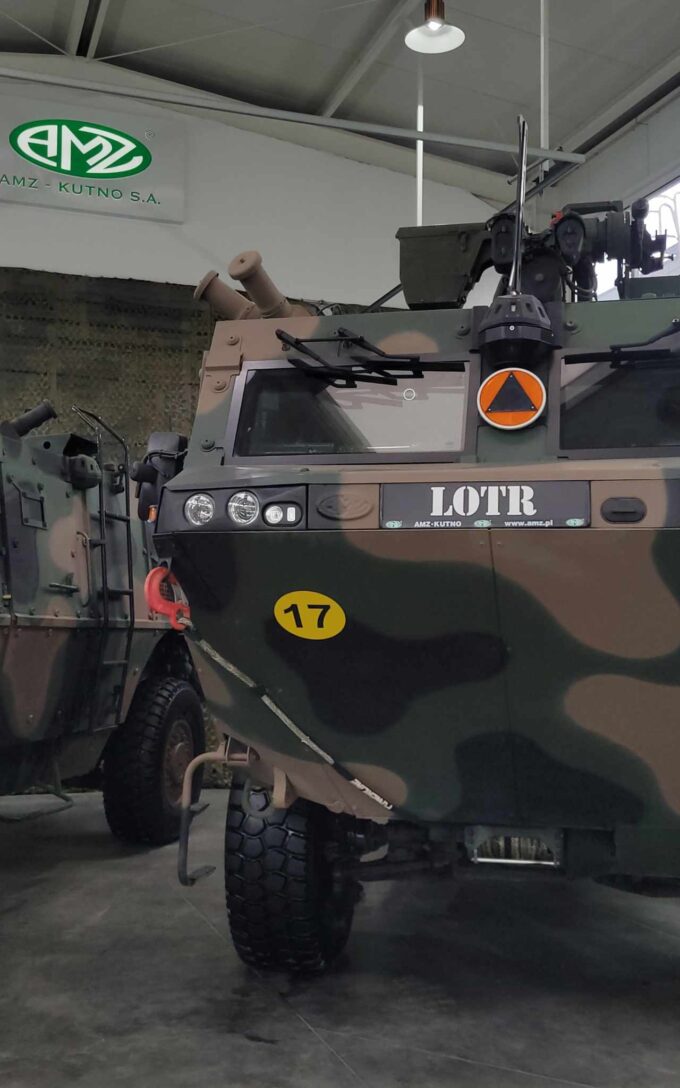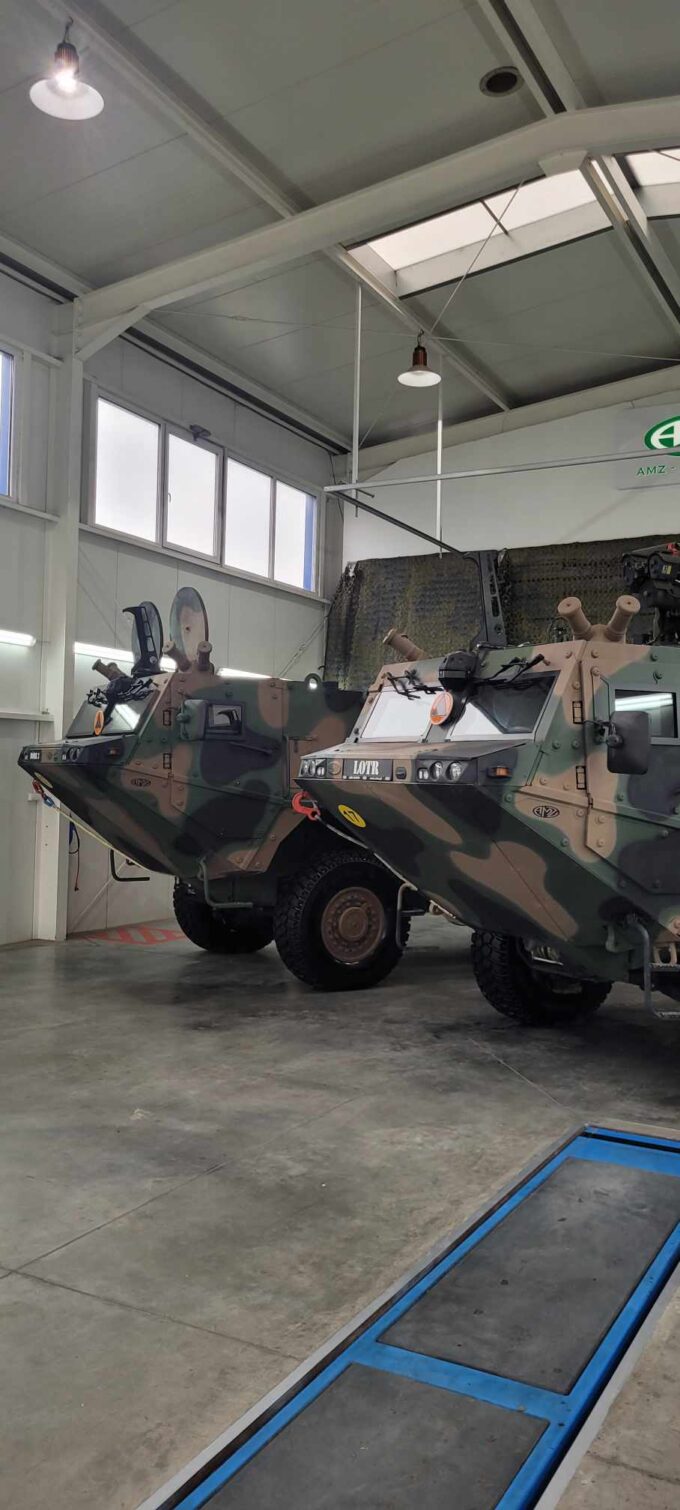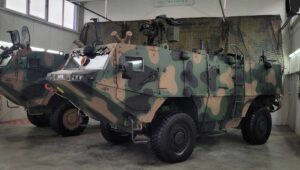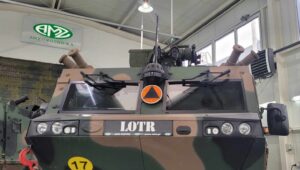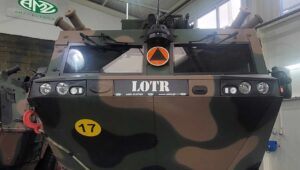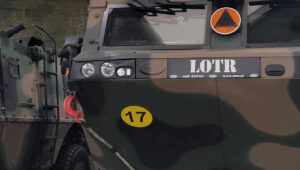On Wednesday, February 28th, with the participation of Deputy Prime Minister and Minister of National Defense Władysław Kosiniak-Kamysz, and Deputy Minister Paweł Bejda, a ceremony took place to sign a framework agreement between the State Treasury – Armament Agency and AMZ-Kutno company to define the rules and conditions for concluding individual executive agreements for the delivery of 286 Light Armored Reconnaissance Carrier Bóbr-3 for the Kleszcz program.
During the visit to the company’s facilities in Kutno, the Ministry of National Defense delegation familiarized themselves with the plant’s infrastructure. Subsequently, the Minister of National Defense approved the framework agreement. Under its conditions, executive agreements for the delivery of 286 LOTR Kleszcz vehicles will be signed for the years 2025-2035. The first of these will be signed later this year. The Bóbr-3 will succeed the BRDM-2 armored scout cars and their modernized versions in the reconnaissance units of the Polish Army.
Deputy Prime Minister and Minister of National Defense Władysława Kosiniak-Kamysz said:
This is a significant event for our security. It’s a matter of state interest. It’s not politically colored. Today’s agreement concerns 280 units of reconnaissance vehicles (…) I’m glad that this order is being fulfilled by the domestic industry. We have a very good product. I wanted to thank the president and employees of AMZ-Kutno. You are an important defense facility (…) For the Polish Army, this contract confirms that we will strengthen defense and modernize the armed forces. The Armament Agency plays an important role in this process (…) Reconnaissance is very much needed today, as evidenced by the example of the war in Ukraine. The eyes and ears of the Polish army will come from Kutno, providing additional job opportunities. We want Poland to be safe; it’s our priority (…) Our goal will be to ensure that as much money as possible stays in Polish defense industries. Today, we have an example that the domestic defense industry can have a significant role in the process of modernizing the Polish Army.
 Photos: Ministry Of National Defense
Photos: Ministry Of National Defense
I have already mentioned that today’s agreement is the result of 10 years of work, research, and development. It is evident how many governments were involved in this process during that time. The difference between us and our predecessors is that I can say Poland did not start in 2015 or in 2023 (…) Our predecessors terminated the contract for the Caracal helicopters. The armed forces lost the opportunity to modernize their helicopter fleet. If the contract had been signed, we would have those helicopters today. We do not resent reality; instead, we continue agreements with improvements, added the Deputy Prime Minister.
Deputy Minister Paweł Bejda, the State Secretary in the Ministry of National Defense responsible for overseeing the technical modernization of the Polish Armed Forces, pointed out that: The example of the Kleszcz program shows that this is a cross-party effort. We aim to sign the executive agreement. If all goes well, there is a chance for further orders at AMZ-Kutno. The needs of the Polish Armed Forces in this regard are substantial.
The Dragon-24 exercises have begun, which are part of larger NATO exercises. Consequently, we can observe increased military vehicle traffic on the roads. These are the largest exercises since Poland joined the Alliance. I ask for understanding and patience for the movement of equipment and for kindness towards our soldiers and allies. Let’s also not make it easier for adversaries to gather information about our troops, added Deputy Prime Minister Kamysz (Dragon-24: The most important exercise of the Polish Army this year).
The LOTR Kleszcz, with the production name Bóbr-3, is being developed based on the agreement from 2013 concluded between the National Centre for Research and Development and a consortium of Polish entities, including: AMZ-Kutno (leader), Military Communication Institute, Military Institute of Armament Technology, and Military Institute of Chemistry and Radiometry.
A 4×4 wheeled vehicle will be added to the equipment of reconnaissance units of the Land Forces, ensuring an appropriate level of crew protection for the purpose of carrying out reconnaissance tasks. AMZ-Kutno company, operating since 1999, specializes in the design and production of bodywork for special-purpose commercial vehicles.
The Bóbr-3 is equipped with a 6-cylinder diesel engine with a capacity of 7200 cm3 and a power of 240 kW (326 HP) in a power-pack configuration with EURO 3 emission standard, an automatic gearbox, and all-wheel drive with independent suspension. The vehicle is 6.9 m long, 2.38 m high, and 2.5 m wide. The ground clearance is 400 mm, with a weight ranging from 12 to 14 tons (depending on the armor version, the maximum operating weight is 15.6 tons), and a range of 600 km. The maximum speed on hardened roads is 90 km/h with a range of 600 km, while the swimming speed is 7 km/h. The vehicle is adapted for fording and overcoming water obstacles, including rivers with a current of up to 1.1 m/s.
The main components of the Light Armored Reconnaissance Carrier include, among others, the following systems: reconnaissance – a tactical battlefield reconnaissance radar and optoelectronic head, communication – providing simultaneous communication between LOTR vehicles, helicopters, and superiors up to the battalion level, armament (remotely controlled weapon turret) – equipped with WKM-B 12.7 mm caliber machine guns and UKM 7.62 mm caliber machine guns, filtration ventilation, air conditioning, detection and protection against weapons of mass destruction, as well as a coupled system with a smoke grenade launcher for protection against laser painting.
The vehicle has been designed in two variants, namely a light variant (swimming) with a lower level of protection and a heavy variant (non-amphibious) with a higher level of protection.
As part of the LOTR Kleszcz program, the Ministry of National Defense initially intended to purchase 244 amphibious, reconnaissance, armored 4×4 wheeled vehicles with independent suspension, which would replace the currently used BRDM-2 vehicles. The program was launched in 2013, with an estimated value of 1.2 billion PLN at that time. In August 2021, the prototype was sent for testing to the 17th Mechanized Brigade.
LOTR Kleszcz is also intended to be the base vehicle for the Nuclear, Biological, Chemical, Reconnaissance Vehicle (NBCRV), for which a technical dialogue was planned for the period February-May this year.
At the MSPO 2019 trade fair in Kielce, AMZ-Kutno presented a prototype of a wheeled tank destroyer based on the Bóbr-3 vehicle.
Photos: Corporal Paweł Kmiecik, CO MON:


